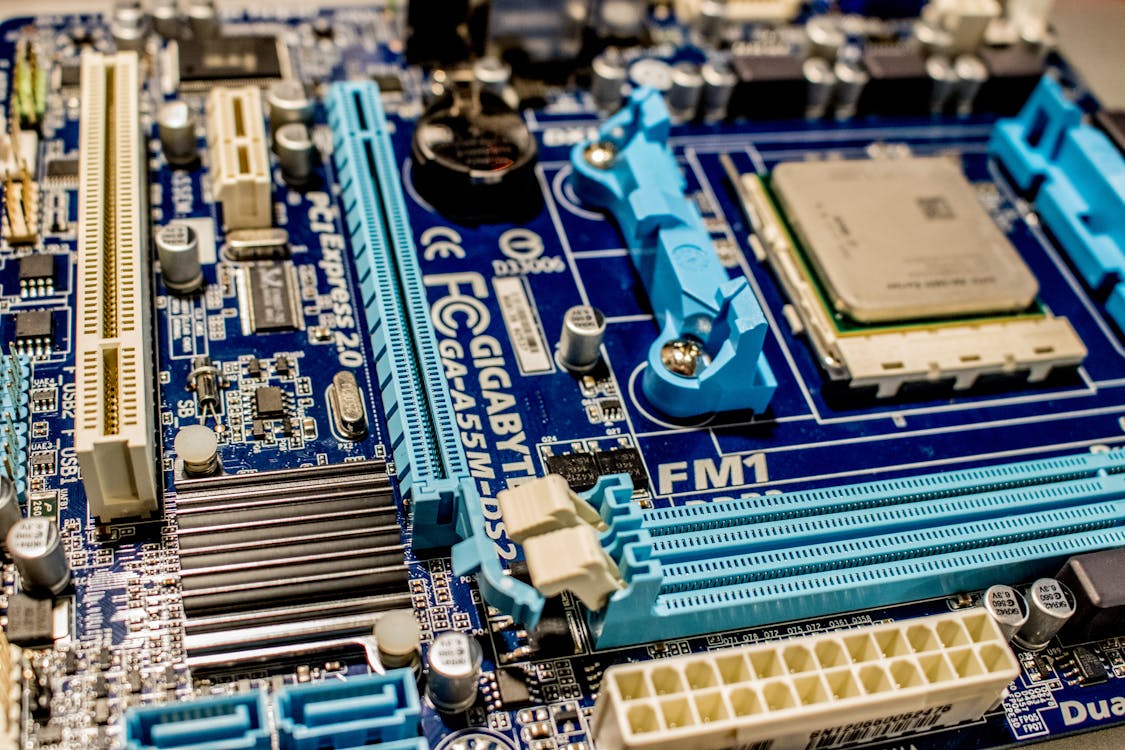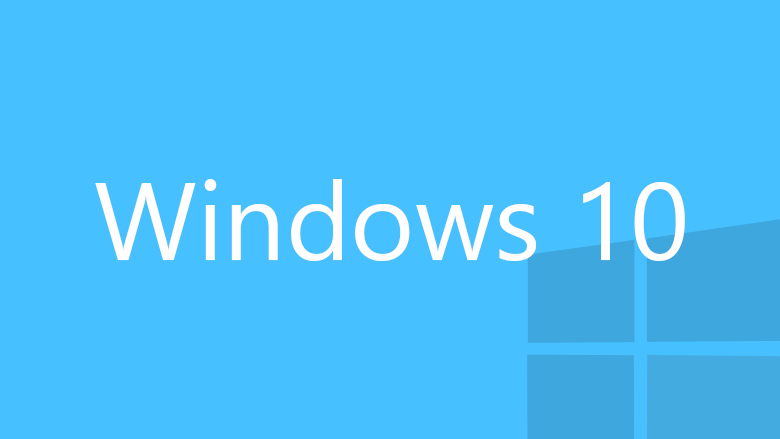What is Trusted Platform Module (TPM) and Why Windows 11 Needs It

In today’s digital landscape, cybersecurity is a critical concern. As the threats to digital data and systems grow, both in complexity and frequency, technology companies are investing heavily in hardware and software security solutions to protect users and their data. One of the prominent tools in this ongoing battle for security is the Trusted Platform Module (TPM), a dedicated hardware component designed to provide robust security features. When Microsoft introduced Windows 11, one of the most talked-about system requirements was the need for a TPM 2.0 chip, sparking widespread curiosity and debate. This article delves into what TPM is, why it is essential for Windows 11, and how it impacts modern computing.
What is a Trusted Platform Module (TPM)?
The Trusted Platform Module (TPM) is a specialized hardware component designed to enhance the security of computing systems. It is a secure cryptoprocessor embedded into the motherboard of modern PCs, or sometimes included as a separate module, that carries out cryptographic operations. A TPM provides a variety of hardware-based, security-related functions, most notably secure generation of cryptographic keys, protection of private keys, encryption, and verification of the integrity of systems.
TPMs can store cryptographic keys, passwords, and other sensitive data that are essential for security, and they do so in a way that makes it very difficult for attackers to extract or tamper with this data. TPMs can also ensure that the software running on a machine is trusted and secure, helping to verify that only trusted software can start up during the boot process.
Main Features and Functions of TPM:
- Secure Key Generation and Management: TPMs are capable of generating, storing, and managing cryptographic keys securely. These keys are integral to encrypting and decrypting data, verifying digital signatures, and establishing trusted connections between devices.
- Hardware-Based Security: Unlike software-only security solutions, TPMs rely on hardware to provide an additional layer of protection. Since the TPM is embedded in the system’s hardware, it is more resistant to software-based attacks that could compromise a system’s encryption or authentication mechanisms.
- Measurement and Attestation: TPMs help ensure that the system has not been tampered with by measuring the integrity of the system’s software, firmware, and hardware components. These measurements can be used to verify the trustworthiness of the system during boot-up (a process known as attestation).
- Sealed Storage: TPMs enable sealed storage, meaning sensitive data, such as encryption keys, are only accessible when the system is in a specific, trusted state. This prevents data from being exposed if a system has been compromised.
- Secure Boot: TPMs can be used to enable a secure boot process, ensuring that a machine boots using only software that is trusted by the manufacturer or the system administrator. This prevents unauthorized or malicious software from loading during startup.
- Platform Integrity: TPM chips support platform integrity by measuring and recording the boot process, ensuring that the integrity of the operating system is maintained.
Why Does Windows 11 Require TPM?
When Microsoft introduced Windows 11, one of the notable system requirements was a TPM 2.0 chip. This requirement raised questions among users, particularly those with older machines that might not have the required TPM version or any TPM at all. So why did Microsoft decide to make TPM 2.0 a baseline requirement for Windows 11?
1. Enhanced Security for Modern Threats
One of the primary reasons Windows 11 requires TPM is to enhance security. Over the years, cyberattacks have become more sophisticated, targeting weaknesses in both software and hardware. Traditional methods of software-based security are no longer sufficient to combat these advanced threats. TPM 2.0 provides a hardware-based security layer that is more difficult for attackers to bypass.
With the rise of malware, ransomware, and firmware attacks, securing the operating system and the data on devices has become more critical than ever. TPM helps by ensuring that only trusted, verified software and firmware are allowed to run on the system, reducing the risk of malicious software compromising the machine.
2. Support for Secure Boot and BitLocker Encryption
Windows 11’s emphasis on security is reflected in its use of Secure Boot and BitLocker, two features that are greatly enhanced by TPM.
- Secure Boot: This feature ensures that only trusted software is allowed to boot on your device. Secure Boot prevents malware from taking control of your system before the operating system has even started.
- BitLocker Encryption: BitLocker is Microsoft’s full-disk encryption solution. It uses TPM to securely store encryption keys and ensure that only authorized users can decrypt and access the data on the device. Without TPM, the security of BitLocker would rely solely on software, which could be more vulnerable to attack.
By mandating TPM 2.0, Microsoft ensures that these security features are implemented at the hardware level, significantly improving the overall security posture of the system.
3. Protection Against Firmware Attacks
Firmware attacks, where hackers target the basic software that runs before the operating system loads, have become more common in recent years. TPM helps protect against such attacks by verifying the integrity of the boot process, ensuring that only authorized firmware is allowed to run. This is part of a broader security measure that Microsoft has adopted to protect against firmware vulnerabilities, a common target for sophisticated attackers.
4. Integration with Other Security Features
Windows 11 is designed with modern security features in mind, such as Windows Hello for biometric login and Windows Defender Application Guard for isolating browser sessions. These features, and others, rely on TPM for secure key storage, cryptographic operations, and ensuring that only trusted processes have access to sensitive data. TPM’s role in managing cryptographic keys and ensuring the integrity of processes enhances the effectiveness of these features, making the system more secure overall.
5. Compliance with Industry Standards and Regulations
As security standards evolve, there is increasing pressure on technology companies to ensure their systems comply with industry regulations, such as the GDPR (General Data Protection Regulation) and HIPAA (Health Insurance Portability and Accountability Act). Many of these regulations require robust encryption and data protection measures, which are supported by TPM. By requiring TPM 2.0, Microsoft is ensuring that Windows 11 meets these regulatory requirements and aligns with industry best practices for security.
6. Facilitating Future Security Developments
By making TPM 2.0 a minimum requirement for Windows 11, Microsoft is preparing for the future. The security landscape is continually evolving, and it is likely that future updates and features will rely heavily on TPM and other hardware-based security mechanisms. By requiring TPM 2.0, Microsoft is laying the groundwork for future innovations in security, ensuring that Windows 11 is a platform that can adapt to new challenges and threats as they arise.
Impact on Users: The Controversy Around TPM
Despite the clear security benefits, the requirement for TPM 2.0 in Windows 11 has been met with mixed reactions from users and IT professionals alike. Many users with older hardware are unable to upgrade to Windows 11 because their machines lack a TPM 2.0 chip or have an earlier version of TPM (such as 1.2), which is incompatible with the new operating system.
This has raised concerns about hardware obsolescence, as many users feel they are being forced to buy new computers to comply with the TPM 2.0 requirement. While it is possible to add a TPM module to some systems, this is not always straightforward and is often not an option for laptops or pre-built desktops.
Moreover, users who do not fully understand the purpose of TPM may feel that the requirement is unnecessary or invasive, particularly given the level of control that TPM has over system processes and encryption.
However, despite the controversy, the benefits of TPM for security are hard to dispute. In a world where cyberattacks are becoming more frequent and more damaging, TPM offers a critical layer of protection that helps safeguard data and systems.
The Trusted Platform Module (TPM) is a powerful tool for enhancing the security of modern computing systems. By requiring TPM 2.0 for Windows 11, Microsoft is taking a firm stance on improving the security of its operating system, protecting users from modern threats such as firmware attacks, malware, and data breaches. While the requirement has generated some controversy, particularly among users with older hardware, the long-term benefits of improved security and compliance with industry standards make TPM an essential component of the future of computing. Windows 11’s reliance on TPM reflects the increasing importance of hardware-based security measures in a world where cyber threats continue to evolve rapidly.




